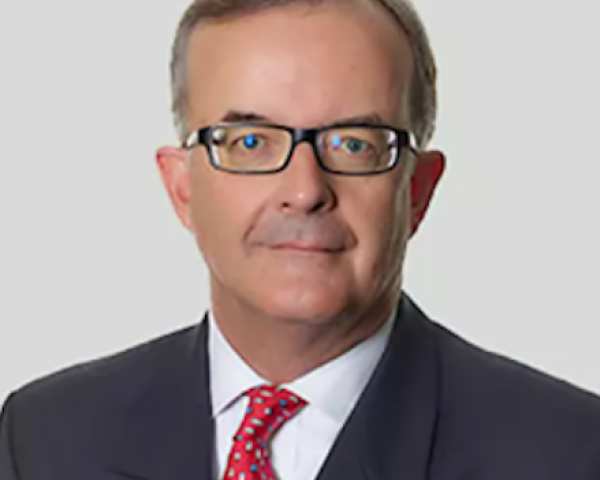The global reinsurance industry has been battered by several years of underperformance. It has been hit by natural catastrophe losses, both modeled and unmodeled, social inflation, declining investment returns and diminished reserve releases and is now facing an unprecedented globally systemic loss in COVID-19. Have we now reached the point where the global reinsurance market can morph into a new paradigm, allowing a more responsible and sustainable market to emerge? Or are we seeing a reworking of old approaches that have failed to deliver the sustainable, efficient solutions that primary insurers, policyholders and increasingly society seek?
Moments like this do not come often. Arguably, the last opportunity for a reset was 20 years ago in the aftermath of the 9/11 tragedy. So, what has gone wrong, and how can we build back better?
The harsh fact is that, with a consistent weighted cost of capital in the 7% to 8% range, the global reinsurance industry has not covered its cost of capital for the last six years. A prolonged soft market has led to under-reserving on many long-tail lines, a problem that is being exacerbated by social inflationary pressures. Overreliance on pricing models that have proved unreliable has led to unsustainably low pricing, which eventually requires disruptive correction.
Despite the unsatisfactory performance, capital has continued to flow into the global reinsurance market, most notably in the very significant expansion in insurance-linked securities (ILS) over the last 10 years but also through retained earnings on existing reinsurers, which have been bolstered by investment returns. Without the constraints of capital limitation to control excessive competition, the inevitable result has been underperformance as reinsurers chased top-line growth at the expense of profit.
Fortunately, the reinsurance industry remains well-capitalized, with capital levels above the end of 2018 and only slightly reduced on the capital levels at the end of 2019. Because capital constraint is clearly not going to limit pricing competition, we must look elsewhere for drivers that will help to put discipline and structure around achieving sustainable, adequate returns.
Investment income offers a potential solution. Unlike previous hard markets, when investment rates were much higher, current investment rates remain pitifully low, and are likely to remain so for years because nearly all governments are pursuing fiscal expansion as a result of COVID-19. Most reinsurers' investment holding periods are four to six years, and they have to face the reality that low investment returns will continue.
Faced with the loss of the investment crutch, reinsurers have no option but to concentrate on improving underwriting results to generate enough margin to reward their capital. With a 7% to 8% cost of capital and return-on-equity (ROE) targets of 9% to 10%, reinsurers now need to run combined ratios in the low 90s, something the industry has not achieved for many years. This requires a back-to-basics underwriting approach to ensure that each unit of risk accepted is appropriately priced within a reinsurer’s overall portfolio. This approach inevitably means rate increases, along with changes to terms and conditions, neither of which will be easy to achieve in a global environment where many policyholders are under significant financial stress.
Reinsurers have a delicate path to navigate, but the strong capital position should let the industry ensure that risk is appropriately differentiated, and that pricing corrections are applied on a case-by-case basis in a sustainable fashion that clients can manage.
See also: 4 Post-COVID-19 Trends for Insurers
More important than addressing the short-term issues is to avoid the mistakes of the past and build a better future. Reinsurers must enhance their value to society and build long-term demand. Here, the COVID-19 situation helps, as it has moved the discussions about uncorrelated tail risk from theory to practice, and with it the demand for reinsurance. At the same time, the increased reliance on underwriting profitability is emphasizing volatility management, where again reinsurance plays a major role. Risks such as cyber and climate change also fall into the uncorrelated tail risk category, and again reinsurers have a pivotal role to play. Finally, there is the enormous opportunity represented by the uninsured economic gap. Finding innovative solutions to help society narrow the gap will lead to a complete reframing of the reinsurance market.
Achieving this will require dedication, long-term vision and the ability to build partnerships with organizations that the reinsurance market has never interacted with before, many in innovative public-private partnerships.
The opportunity to build back a better reinsurance market is clearly before us. The test will be whether reinsurers can develop transparent solutions that bridge the gap between capital that requires reasonable sustainable returns and new risks that threaten society. If the reinsurance industry fails to grasp this opportunity, it will be doomed to suffer the fate of so many, with the current generation repeating the mistakes of predecessors.
You can find this article originally published here.






